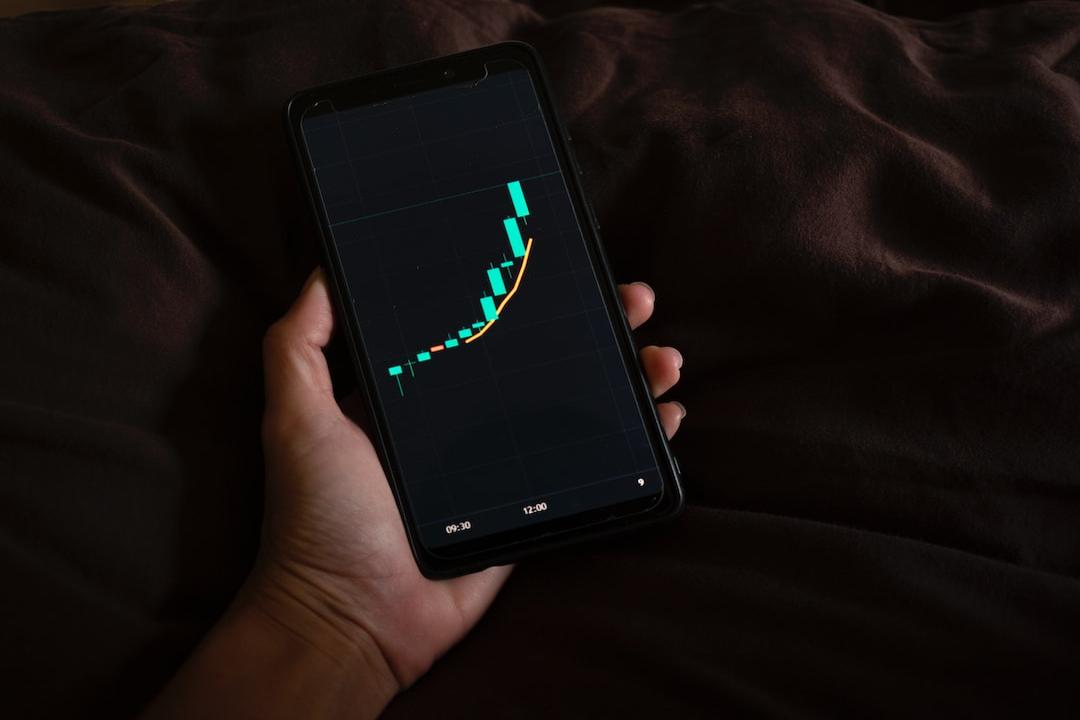Ether (ETH) has experienced a significant surge in price, outperforming the broader cryptocurrency market by 14% in the past 30 days. Although it has been unable to maintain levels above $4,000, Ether has reached its highest price in over two years, closing the gap with the leading cryptocurrency, Bitcoin (BTC).
Some traders believe that Ether’s bull run is primarily driven by the anticipation of the approval of a spot Ethereum exchange-traded fund (ETF), which could lead to a “sell the news” scenario if the event is fully priced in. The U.S. Securities and Exchange Commission is expected to make a final decision on the matter by May 23, with Bloomberg analysts estimating the odds of approval at 35%.
Other factors have also contributed to Ether’s recent price gains, including the upcoming Dencun network upgrade scheduled for March 13. This hard fork is expected to significantly reduce transaction fees on the Ethereum network, which has been a long-standing issue. The average transaction fee on Ethereum has remained at $4 or higher since November 2023.
Critics of Ether argue that while Bitcoin reached an all-time high on March 12, Ether is still 19% below its peak in November 2021. However, Ether’s current market capitalization of $480 billion places it among the top 20 global tradable assets, surpassing companies like UnitedHealth and ExxonMobil, which have posted profits of $22.4 billion and $36 billion respectively in the past 12 months.
Investors in Ether can earn a 4% yield by participating in the network’s proof-of-stake consensus, but the demand for ETH largely depends on the activity within the Ethereum ecosystem. Despite taking place on the second layer, the growth of the Ethereum ecosystem is beneficial for Ether’s price, as ETH is required for validating and processing transactions on the base layer and is also used as collateral in some decentralized applications (DApps).
The latest data highlights the dominance of the Ethereum network, especially when layer-2 solutions are taken into account. Even during periods of high transaction fees, the Ethereum base layer has seen nearly 590,000 active addresses and continues to experience growth. However, a closer examination is needed to determine if this growth is limited to a few projects due to airdrops or other short-term factors that may have driven demand.
Data shows consistent growth in major decentralized exchanges (DEX) and aggregators, but the nonfungible token (NFT) marketplaces have been slightly disappointing. Overall, the use of the Ethereum network does not appear particularly promising, as the tenth-largest DApp on the platform, ParaSwap, had only 7,100 active addresses in the past week. In comparison, the tenth-largest DApp on BNB Chain, Jumper Exchange, had 36,500 active addresses in the same period.
Professional traders have a bullish outlook on Ether, but there is concern about excessive leverage in the market. To assess this, one can analyze the Ether futures market. In neutral markets, monthly futures contracts should trade 5% to 10% higher than regular spot markets to account for their extended settlement period.
The Ether annualized futures premium, also known as the basis rate, reached its highest level in over 18 months on March 11. Levels above 25% typically indicate excessive optimism, but not necessarily an immediate risk, as traders can seek alternative funding methods when opportunities arise. Additionally, the high premium attracts arbitrage investors who may short the futures while simultaneously buying spot ETH, thereby balancing out the equation in the medium term. However, the longer it takes for Ether to break above $4,000 while the futures premium remains high, the greater the risk of a sell-off.
It is important to note that this article is for general information purposes only and should not be considered legal or investment advice. The views expressed here are solely those of the author and do not necessarily reflect the views of Cointelegraph.

